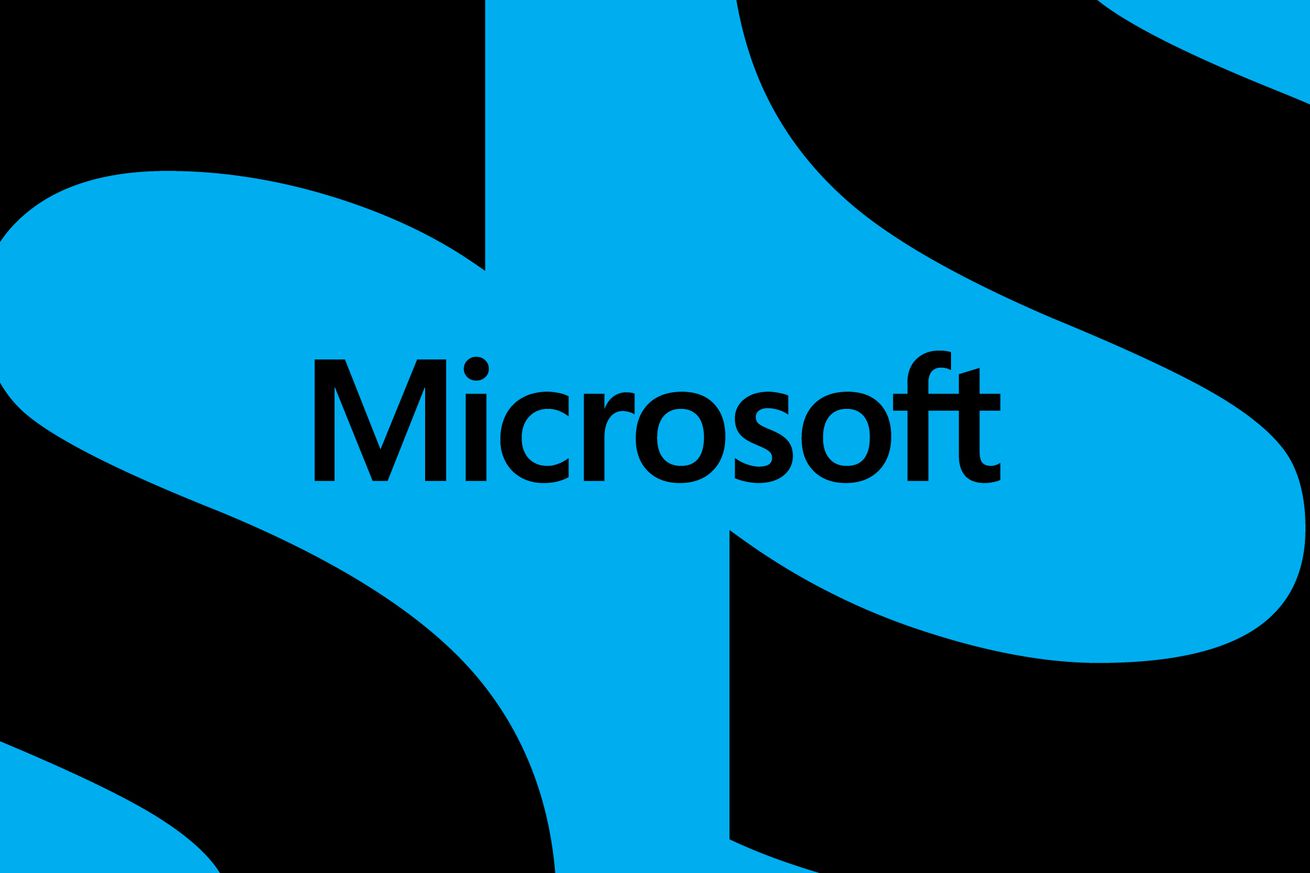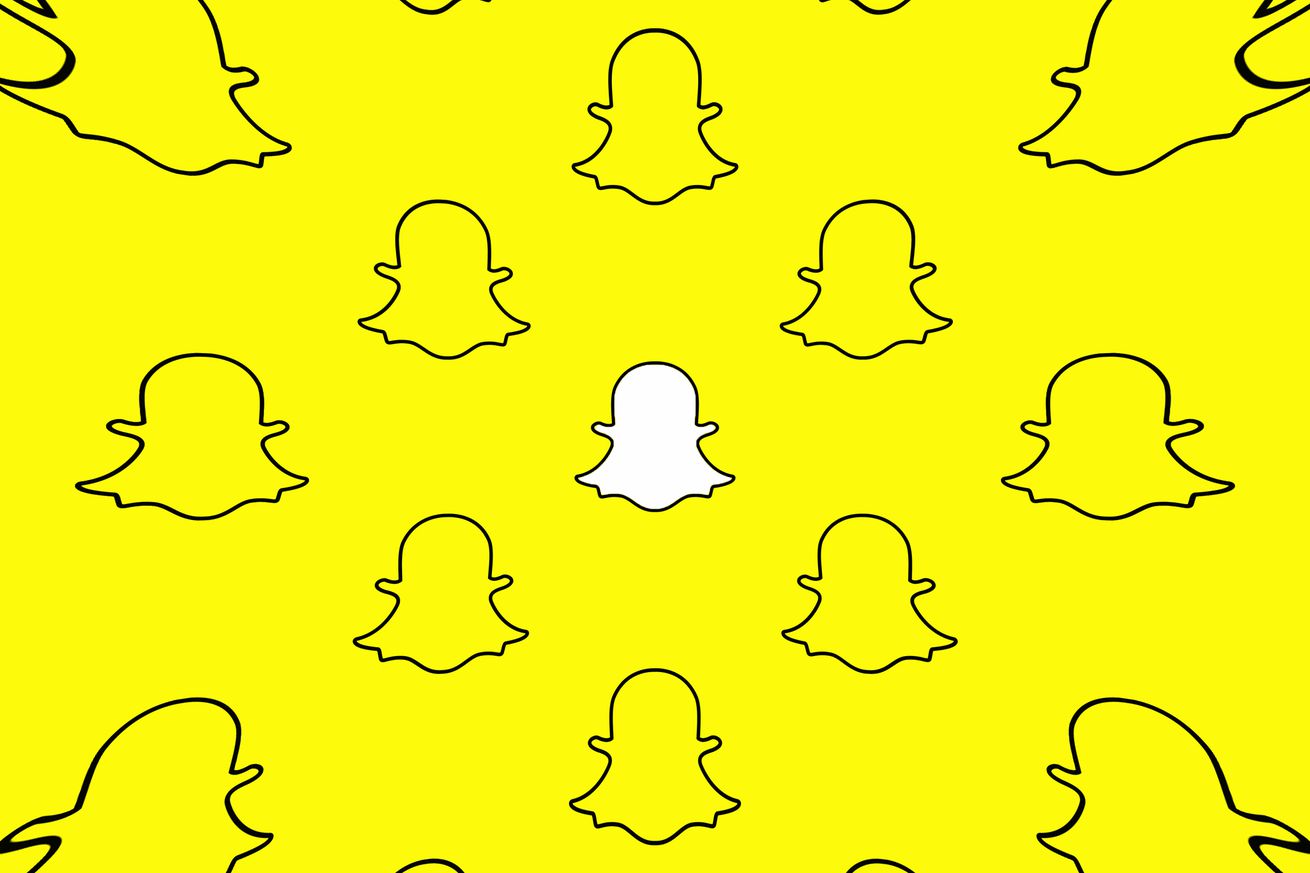
Hi, friends! Welcome to Installer No. 18, your guide to the best and Verge-iest stuff in the world. (If you’re new here, hello, happy holidays, and also you can read all the old editions at the Installer homepage.)
This week, I’ve been combing this list for new board games to try, reading about the NFL’s obsession with ping pong and the rise of chess influencers and the wacky history of Yahoo Pipes, watching Lupe Fiasco thoroughly explain how rap works, testing Anytype as a Notion alternative, trying to figure out how to justify buying myself a Lego Polaroid, and adding Us to all my words on Threads to welcome my European friends.
I also have for you a new way to play Grand Theft Auto, some new AI-powered note-taking and journaling tools, new stuff to watch this weekend, a look into the creator economy, and much more.
I also have a question. We only have one more Installer this year, so I figured now’s the time to do it: what was your favorite thing of 2023? I promise I won’t hold this to, like, a legal standard of this is your only favorite forever. But when you look back on the last 12 months, what new show / book / blog / app / creator entered your life that you’re particularly happy about? Tell me one, or two, or three! Doesn’t have to be new this year, just new to you. Email installer@theverge.com, or text / WhatsApp me at (203) 570-8663, and tell me everything. All things Favorites, coming your way in two weeks.
(As always, the best part of Installer is your ideas and tips. What do you want to know more about? What awesome tricks do you know that everyone else should? What app should everyone be using? Tell me everything: installer@theverge.com. And if you want to get Installer in your email inbox a day early, subscribe here.)
The Drop
- The NPR app. If you gave me $100, I could not tell you the difference between the NPR One app and the NPR app, or why they both existed. Luckily, they don’t anymore! There is just the new and nice NPR app, which does a good job of both curating stories into newsy playlists and just playing the shows I’m looking for.
- The GTA trilogy on Netflix. Netflix’s gaming offering is becoming really impressive, really quickly. If you’re a subscriber, you now have free access to a bunch of good games, including three all-timer GTA titles: San Andreas, Vice City, and GTA III. They’re old, but they still rip.
- Finalist. One of the niftier to-do list apps I’ve seen in a while. My main issue with Finalist at the beginning was I hated the color choices. With the new version, you can design the app any way you want! And it’s still a super-simple and pretty clever tasks system.
- How Much I Make on TikTok vs Shorts vs Reels from Hank Green. Nobody explains the creator economy like Hank Green. (If you’ve never seen his rant against TikTok and creator funds, go watch it.) This is an unusually honest, and kind of bleak, look at how much money there really is in this game and where it comes from.
- Journaling Suggestions in Day One. When I wrote about Apple’s Journal app — which is out for everyone now in iOS 17.2! — I said that Journaling Suggestions, the API that combs through your photos, activities, locations, music, and more to offer you stuff to journal about, was the most intriguing part of the product. Day One, my favorite journaling app, now integrates Suggestions right into the app. It works really well.
- Epic’s holiday sale. This is one of the better “free games!” deals you’ll find: Epic is giving away a series of older titles over the course of the holiday season. Right now it’s the Destiny 2: Legacy Collection, which is a huge amount of Destiny content — and there are 16 more games left to claim. I’ll be keeping an eye on this one over the next few days.
- The new Apple TV app. Every day, I swear, my Roku TV gets a little slower. And every day, I get a little closer to just plugging in an Apple TV. I really like what Apple’s trying to do with this app — universal search, cross-platform recommendations, easy buying and renting — even though it’s missing Netflix and a few other important services.
- NotebookLM. Google’s AI-powered notes app still doesn’t have many features, and I still don’t totally understand why it’s not just a feature of Keep or Docs… but it’s a nifty app nonetheless. Upload your docs, summarize them, ask questions about them, make studying or researching a little easier.
- Xbox Cloud Gaming on Quest 3. This might be the best reason yet to buy a VR headset. If you’re a Game Pass subscriber, you can now connect your controller, fire up a huge virtual TV, and play games from anywhere. This is going to become part of my bedtime routine way too quickly.
Deep dive
For a really long time, Instapaper was the most-used app on my phone. (This was back in the pre-TikTok era, when I spent more time reading and less time scrolling. But let’s not dwell on that change.) I read a lot for work, I will read any celebrity profile anywhere, and I’m forever looking for a better way to manage all the stuff I have to read.
This year, kind of by accident, I wound up doing a tour of all the best options. And good news, there are a bunch of them! Instapaper is still great; Matter is gorgeous; Omnivore is super powerful; Upnext is doing some clever AI stuff; even Pocket still does the job, though I dislike a lot of its recent design changes. We’re sort of spoiled for choice in this department.
But I’ve found the one for me, at least for now. It’s Readwise Reader, which works on iOS, Android, and the web. It’s still technically in beta but is already totally indispensable in my life and workflow. Here’s a few reasons why:
- Reader can handle everything. You can save articles, upload books, add videos, import RSS feeds, subscribe to newsletters, and more. The app does a really good job of sorting things into the right places, so you’re not just stuck with a giant mass of stuff. But it can parse, store, and organize practically anything of any file type, and I love it for that.
- It’s more than just a queue. The first thing I loved about Reader was the homescreen, which shows you categories like “quick reads,” “long reads,” and “recently added.” There’s also a Digest feature that just grabs a bunch of stuff you’ve saved and tells you to read it today. I try to get through my digest every day, and so I’m actually reading stuff I saved more than ever.
- It’s also kind of a note-taking app. Readwise’s original shtick was to compile all your notes and highlights from places like Kindle and Pocket into a searchable, reviewable archive. With Reader, I can highlight anything I upload, or any live webpage altogether, and everything goes into that same notes archive — all of which can sync to Notion, Obsidian, or other note-taking apps, too. All my reading, and all my notes, now live in the same place.
- You can… read… video. I watch a lot of YouTube, for, uh, journalism. Reader adds a (good but not perfect) transcript to every video you save, so you can highlight and take notes just like on an article. Everything gets time-stamped, too, so you can find it later. It’s so helpful.
- It’s super fast. One reason I’ve stopped using Reader in the past is that the app was kind of sluggish. One of those apps that always felt like it was working, you know what I mean? But recently it has been slimmed down and sped up, and now it feels pretty zippy — except when it’s loading the AI voice to read an article aloud, which takes forever, but I don’t care for that feature much anyway.
I only have two ongoing issues with Reader, really. One, it’s not the most attractive app; it feels more Productivity Tool than Beautiful Reading Space, you know? (I hate the app icon, too. Fingers crossed there’s a better one coming.) And two, it actually might have too many features for my taste. You can add tags, there’s an Inbox and a Feed and Library and a Later and an Archive, there are a million Views, just figuring out where everything goes takes a while. Oh, and a bonus third thing: it’s not cheap. The whole Readwise service — note syncing, Kindle integration, all that — costs $8 a month. Well worth it, if you ask me, but not cheap.
Speaking of: if you use this link, I think you’ll get two free months before you start paying instead of just one. Give it a whirl, let me know what you think and what you use to read on your devices!
Screen share
Tom Warren’s home office is probably cooler than yours. It’s definitely cooler than mine! He has a teleprompter, an outrageously cool custom-built PC, some sick wall art, and more. Tom is a setup connoisseur, in addition to being The Verge’s main authority on all things Microsoft, and I appreciate him for both things.
If you want all the desk-setup deets, you can find them on Reddit or ping Tom on Threads. But I wanted to know if he cares for his small screen as much as the big ones, so I asked him to share his homescreen with us.
Here’s Tom’s homescreen, plus some info on the apps he uses and why:
/cdn.vox-cdn.com/uploads/chorus_asset/file/25165954/Tom_Warren_homescreen.jpg)
The phone: iPhone 15 Pro.
The wallpaper: One of The Verge ones I think. (Editor’s note: it’s this one.)
The apps: Phone, Clock, Photos, Camera, App Store, Telegram, Messages, Settings, Slack, YouTube, Google Home, Discord, Instagram, Unread, Twitch, Xbox, WhatsApp, Outlook, Chrome, X, Threads, Bluesky.
The two widgets are smart ones that rotate between Spotify and my 30-min electricity cost on the right, and my calendar and the weather on the left. The electricity one is there to monitor the best times to run appliances and charge my EV, because electric costs in the UK spiraled after the invasion of Ukraine. I also have quick access to my security cameras through Google Home, which itself has widgets for smart home controls. I have X, Threads, and Bluesky all in one easily accessible folder because I can’t decide which one replaces Twitter!
I also asked Tom to share a few things he’s into right now. Here’s what he shared:
- The Wombles. I was a huge fan of The Wombles growing up as a kid, so when I’m not listening to EDM loudly in my headphones, you’ll find me listening to an episode of The Wombles on BBC Sounds. It’s delightfully relaxing, thanks to the voice acting of Richard E. Grant.
- TeeDee. TeeDee came on my radar when he did a mix of Dave and Secondcity’s “I Wanna Feel” last year. Since then I’m fully invested in his SoundCloud because he constantly produces absolute bangers.
- The Finals. I’m obsessed with The Finals at the moment. It’s a destructive first-person arena shooter that’s blowing up on Twitch and Steam. It’s a big break from the usual Call of Duty, Overwatch, or battle royale formula, and I can’t stop smiling when I find some new way to explode buildings in the game.
Crowdsourced
Here’s what the Installer community is into this week. I want to know what you’re into right now as well! Email installer@theverge.com with your recommendations for anything and everything, and we’ll feature some of our favorites here every week.
“I used this shelf app called Anybox. This app is a box to quickly access any type of item: image, text, document, and links. The app allows customization for default action based on saved item type, we can preview, copy, share, and so on.” — Krishna
“Watching Fisk on Netflix. This Australian quirky comedy just released a second season this month. I love the short 25-minute episodes, makes it easy to watch and enjoy.” — Carter
“As you were talking about media organization / collection apps, please check out the game-tracking app developed by IGN called Playlist. It is free and I am liking it.” — OK
“Analogue Duo baybee.” — Chris
“AI wallpapers on the Google Pixel! I’ve been hooked on creating AI wallpapers and it feels like the combinations are truly endless. Going from an AI-generated painting of a mountain and spaceships to a surreal castle made of muslin with different color shades is wildly fun!” — Michael
“Listening to The Vergecast podcast on how Twitter officially died this year and Watching Blue Eye Samurai on Netflix. I highly recommend it to anyone who likes animation.” — Paul
“If it hasn’t been mentioned yet, or even if it has, you should check out the show Scavengers Reign on Max. Brilliant and freaky sci-fi wonderfulness!” — Edward
“Using Calibre to subscribe to newsletters / newspapers and have them appear on my kindle every morning gives me a beautiful little ‘slow internet’ experience while I sip my coffee.” — Jon
“This week I discovered Mammoth, an insanely gorgeous Mastodon app. Until now I’ve not been able to see past Ivory. Also Longplay is a brilliant iOS app to rediscover my album collection in Apple Music.” — Chris
“Spotify audiobooks. I know you don’t own the audiobooks after but it is really convenient to get 15 hours for free. It’s enough to get me through at least one medium-sized book each month. I use it with Libby and Audible to read a bunch during the month!” — Harrison
Signing off
This week, The Verge published one of my favorite packages we’ve ever done, all about the death of Twitter. The stories are good, read them all, but seriously, y’all: you have to go to The Great Scrollback of Alexandria and spend a few minutes / hours / months scrolling through thousands of the best tweets of all time. The list reorders every time you open the page, and if there’s a bottom of the list, I sure haven’t found it. Twitter was truly a deranged, horrible, wonderful place. And if you get to the 3944 tweet (you’ll know it when you see it), just know that I laughed for fully 15 minutes at that tweet. I hope you do, too.
We’re off next week for the holiday. Hope you have a great one, and see you in two weeks!





/cdn.vox-cdn.com/uploads/chorus_asset/file/25162190/X100_Startrail_Blue_2.jpg) Image: Vivo
Image: Vivo


/cdn.vox-cdn.com/uploads/chorus_asset/file/25161622/wiper_tweet_photo.jpg) Screenshot via
Screenshot via 


/cdn.vox-cdn.com/uploads/chorus_asset/file/25158593/snapchat_ai_image_generation.gif) Image: Snap
Image: Snap



/cdn.vox-cdn.com/uploads/chorus_asset/file/25144184/Dan_Seifert_iPhone_homescreen.jpg)
/cdn.vox-cdn.com/uploads/chorus_asset/file/25144180/Dan_Seifert_Fold_homescreen.jpg)
